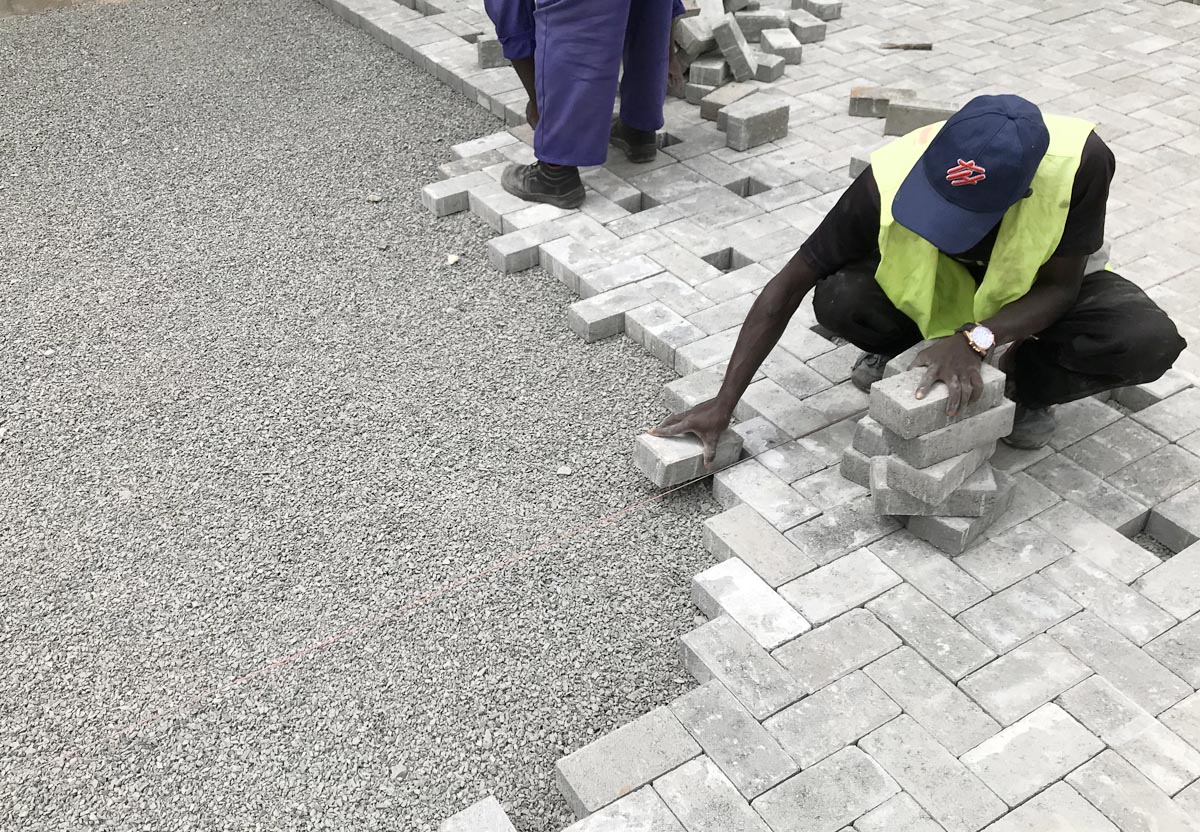Cabro laying standard Procedure by SBF Interiors and Outdoor Solutions Limited.
It’s a good idea to have a plan before any ground is broken.
Dig off as required, and dispose of spoil.
Once the alignment has been checked and verified, the edges can be cut in.
